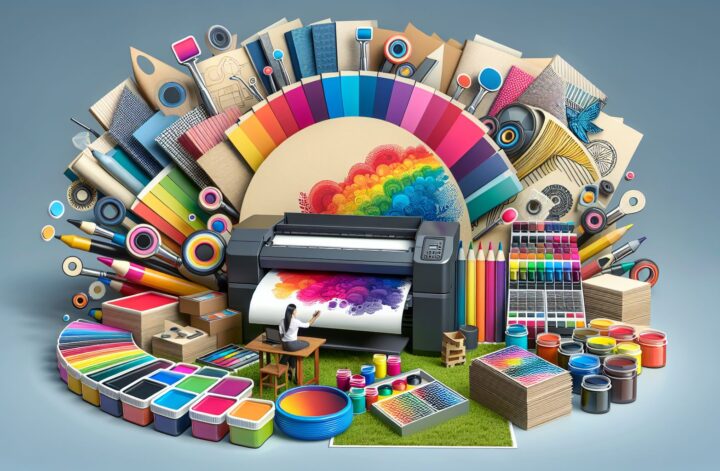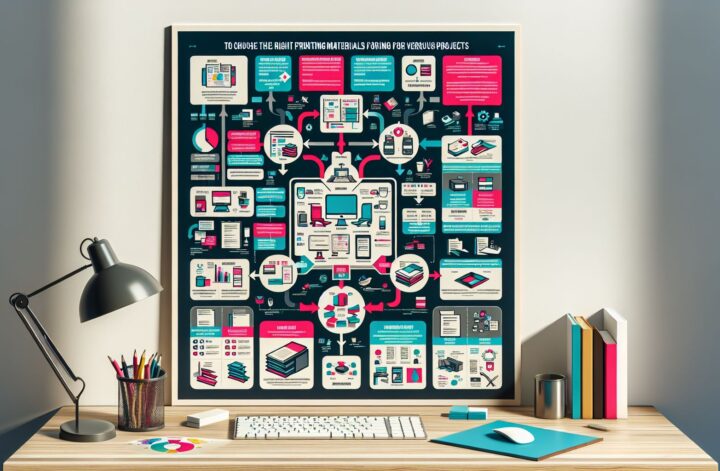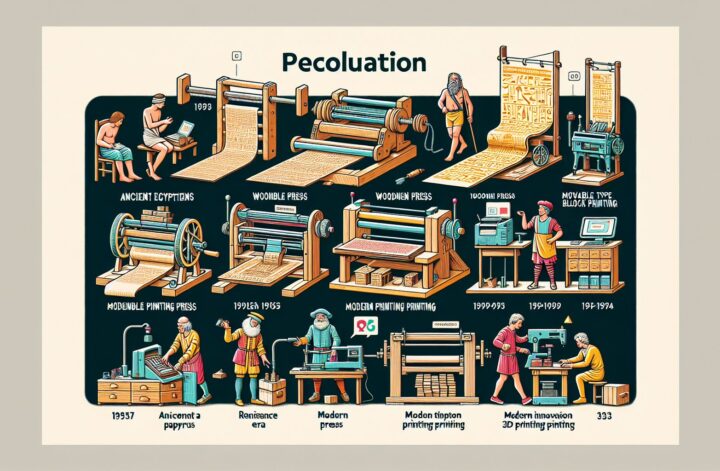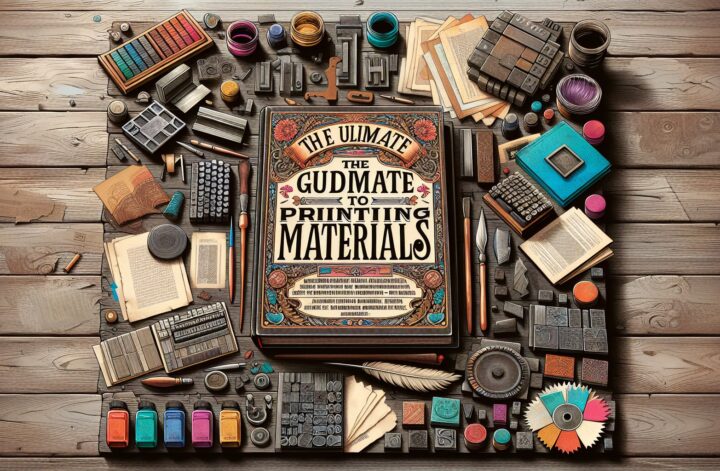As more and more businesses turn to print marketing to stand out in an increasingly digital world, the importance of choosing the right printing materials cannot be overstated. The materials you select can make a significant impact on the overall look and feel of your printed materials, ultimately influencing how your brand is perceived by your target audience.
In this blog post, we will explore the various types of printing materials available, their unique characteristics, and the factors you should consider when selecting the right materials for your print projects.
Types of Printing Materials
There are a wide variety of printing materials available, each offering its own set of benefits and limitations. Some of the most common types of printing materials include:
1. Paper
Paper is perhaps the most widely used printing material, offering a versatile and cost-effective option for a wide range of print projects. There are many different types of paper available, each with its own weight, texture, and finish. Some common types of paper include:
- Matte paper: Offers a smooth, non-reflective finish that is ideal for text-heavy documents.
- Glossy paper: Provides a shiny finish that can enhance the vibrancy of colors and images.
- Cardstock: A thick, heavy paper that is often used for business cards, postcards, and invitations.
2. Vinyl
Vinyl is a durable and weather-resistant material that is commonly used for outdoor signage, banners, and vehicle wraps. It is available in a variety of finishes, such as matte, gloss, and satin, making it a versatile option for a range of print applications.
3. Fabric
Fabric printing has become increasingly popular in recent years, offering a unique and eye-catching way to showcase your brand. Fabric materials such as canvas, polyester, and satin can be used for items like banners, flags, and trade show displays.
4. Metal
Metal printing materials, such as aluminum and steel, offer a sleek and modern look that can help your brand stand out. Metal prints are often used for signage, plaques, and photography prints, providing a durable and long-lasting option for your print projects.
Factors to Consider When Choosing Printing Materials
When selecting printing materials for your projects, there are several factors you should consider to ensure you achieve the desired results. Some key considerations include:
1. Budget
It’s important to consider your budget when selecting printing materials, as different materials can vary significantly in cost. Paper is generally the most cost-effective option, while materials like vinyl and metal may be more expensive.
2. Brand Image
The materials you choose should be consistent with your brand image and convey the message you want to communicate to your target audience. For example, if your brand is known for its eco-friendly practices, you may want to choose recycled or sustainably sourced materials for your print projects.
3. Durability
Consider the durability of the materials you choose, especially if your print projects will be exposed to harsh weather conditions or high traffic areas. Vinyl and metal materials are known for their durability and longevity, making them ideal for outdoor signage and displays.
4. Printing Technique
Different printing materials require different printing techniques, so it’s important to consider how your materials will be printed when making your selection. For example, fabric materials may require dye-sublimation printing, while metal materials may be printed using UV-cured inks.
Conclusion
Choosing the right printing materials is a critical step in ensuring the success of your print projects. By carefully considering factors such as budget, brand image, durability, and printing technique, you can select materials that enhance the overall look and feel of your printed materials and help you achieve your marketing goals.
Whether you opt for traditional paper materials or explore more innovative options like vinyl, fabric, or metal, the key is to select materials that align with your brand identity and effectively communicate your message to your target audience. With the right materials, you can create eye-catching print projects that capture the attention of your customers and leave a lasting impression.










